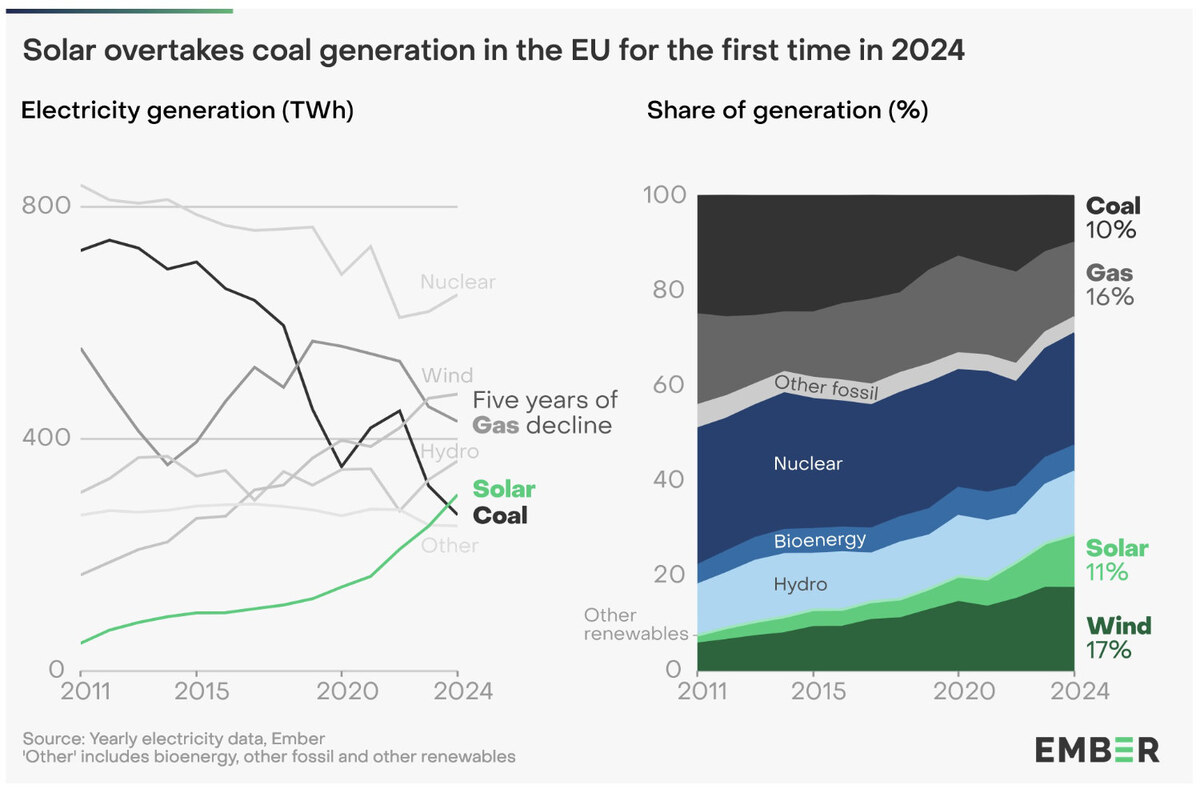NEW YORK: Former US Ambassador to the United Nations Nikki Haley will suspend her presidential campaign on Wednesday, according to a source familiar with her plans, ensuring that Donald Trump will win the Republican nomination and once again face Democratic President Joe Biden in November’s election.
Haley will give a speech at 10 a.m. local time to address her future in the race, the source said, but she will not be giving an endorsement.
Haley lasted longer than any other Republican challenger to Trump but never posed a serious threat to the former president, whose iron grip on the party’s base remains firm despite his multiple criminal indictments.
The rematch between Trump, 77, and Biden, 81 — the first repeat US presidential contest since 1956 — is one that few Americans want. Opinion polls show both Biden and Trump have low approval ratings among voters.
The election promises to be deeply divisive in a country already riven by political polarization. Biden has cast Trump as an existential danger to democratic principles, while Trump has sought to re-litigate his false claims that he won in 2020.
Haley, 52, had drawn support from deep-pocketed donors intent on stopping Trump from winning a third consecutive Republican presidential nomination, particularly after she notched a series of strong performances at debates that Trump opted to skip.
She ultimately failed to pry loose enough conservative voters in the face of Trump’s dominance.
But her stronger showing among moderate Republicans and independents — she won unaffiliated voters by a wide margin in New Hampshire and notched almost 40 percent of the vote in South Carolina — highlighted how Trump’s scorched-earth style of politics could make him vulnerable in the Nov. 5 election.
On March 3, she won the Washington, D.C., Republican primary with 62.9 percent of the vote, versus 33.2 percent for Trump.
“It’s not surprising that Republicans closest to Washington dysfunction are rejecting Donald Trump and all his chaos,” Haley campaign spokesperson Olivia Perez-Cubas said in a statement.
Biden has his own baggage, including widespread concern about his age. Three-quarters of respondents in a February Reuters/Ipsos poll said he was too old to work in government, after already serving as the oldest US president in history.
About half of respondents said the same about Trump.
Key issues
As in 2020, the race is likely to come down to a handful of swing states, thanks to the winner-take-all, state-by-state Electoral College system that determines the presidential election. Arizona, Georgia, Michigan, Nevada, North Carolina, Pennsylvania and Wisconsin are all expected to be closely contested in November.
The central issues of the campaign have already come into focus. Despite low unemployment, a red-hot stock market and easing inflation, voters have voiced dissatisfaction with Biden’s economic performance.
Biden’s other major weakness is the state of the US-Mexico border, where a surge of migrants overwhelmed the system after Biden eased some Trump-era policies. Trump’s hawkish stance on immigration — including a promise to initiate the largest deportation effort in history — is at the core of his campaign, just as it was in 2016.
Voters expect Trump would do a better job on both the economy and immigration, according to opinion polls.
Republican lawmakers, egged on by Trump, rejected a bipartisan immigration enforcement bill in February, giving Biden an opportunity to argue that Republicans are more interested in preserving the southern border as a problem rather than finding a solution.
Democrats are also optimistic that voter sentiment on the economy will shift in Biden’s favor if economic trends go on rising throughout 2024.
Trump may be dogged by his myriad criminal charges throughout the year, though the schedule of his trials remains unclear. The federal case charging him with trying to overturn the 2020 election, perhaps the weightiest he faces, has been paused while Trump pursues a long-shot argument that he is immune from prosecution.
While most Republicans view his indictments as politically motivated, according to Reuters/Ipsos polling, about a quarter of Republicans and half of independents say they won’t support him if he is convicted of a crime before the election.
Biden has argued that Trump poses a threat to democracy, citing the Jan. 6, 2021, attack on the US Capitol by a mob of Trump supporters seeking to reverse Biden’s 2020 victory.
Abortion, too, will play a crucial role after the nine-member US Supreme Court, buoyed by three Trump appointees, eliminated a nationwide right to terminate pregnancies in 2022. The subject has become a political liability for Republicans, helping Democrats over-perform expectations in the 2022 midterm elections.
Abortion rights advocates have launched efforts to put the issue before voters in several states, including the battleground of Arizona.
Haley thwarted
Haley, a former governor of South Carolina, had been among the first Republican contenders to enter the race in February 2023, but she was largely an afterthought until garnering attention for her standout debate performances later in the year.
She put her foreign policy expertise at the center of her campaign, adopting hawkish stances toward China and Russia and forcefully advocating for continued aid to Ukraine, a stance that put her at odds with the more isolationist Trump.
But she was reluctant to completely disavow her former boss — she served as Trump’s UN ambassador — despite his four indictments and two impeachments. Trump showed no such reticence, frequently insulting her intelligence and Indian heritage.
Only in the last months of her campaign did Haley begin to forcefully hit back at Trump, questioning his mental acuity, calling him a liar and saying he was too afraid to debate her. In the final weeks of the campaign, she became the standard-bearer for the anti-Trump wing of the party, a dramatic evolution for someone who just months earlier praised the former president in her stump speeches.
Still, she said she would pardon Trump if he were convicted in any of the criminal cases he faces, a position she has never abandoned.






























